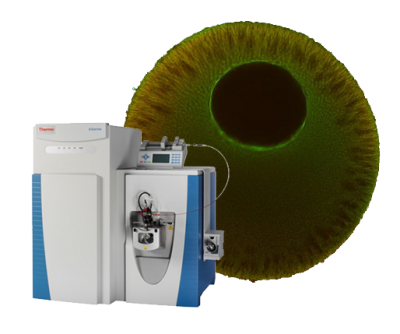Transitions in the proteome and phospho-proteome during Xenopus laevis development
Publication Year
2021
Type
Journal Article
Abstract
Vertebrate development from an egg to a complex multi-tissue million-cell organism is supported by multiple phases of genome-scale remodeling of the repertoire of proteins and their post-translational modifications, yet so far we know little about these phases. In this paper we present comprehensive characterization of these processes reflected by eleven time points, approximately eleven thousand proteins, and six thousand phospho-forms in two replicates. We find that the most dramatic changes to the proteome occur during the transition to functional organ systems, which occurs as the embryo becomes a tadpole. At that time the absolute amount of non-yolk protein increases two-fold, and there is a shift in the balance of expression from proteins regulating gene expression to receptors, ligands, and proteins involved in cell-cell and cell-environment interactions. Between the early and late tadpole, the median increase of membrane and secreted proteins is substantially higher than that of nuclear proteins. For the first time, we have included quantitative phospho-proteomic data across the same developmental stages. In contrast to the significant protein changes that are concentrated at the end of the time series, the most significant phosphorylation changes are concentrated in the very early stages of development. A clear exception are phosphorylations of proteins involved in gene expression; these increase just after fertilization, with patterns that are highly correlated with the underlying protein changes. To improve our interpretation of this unique data set, we created a pipeline for identifying homologous human phosphorylations from the measured Xenopus phospho-proteome, and we estimated, where possible, the occupancy of phosphorylation sites. Overall, we detected many profound temporal transitions, which suggest concerted changes in developmental strategies in the embryo that are particularly pronounced once early patterning and specification are complete.Competing Interest StatementThe authors have declared no competing interest.
Journal
bioRxiv
Pages
2021.08.05.455309
Documents

